As someone who consistently publishes content, I find myself frequently revisiting the topic of long-tail keywords in my posts. They are a central aspect of my SEO strategy, accounting for about 70% of all online searches.
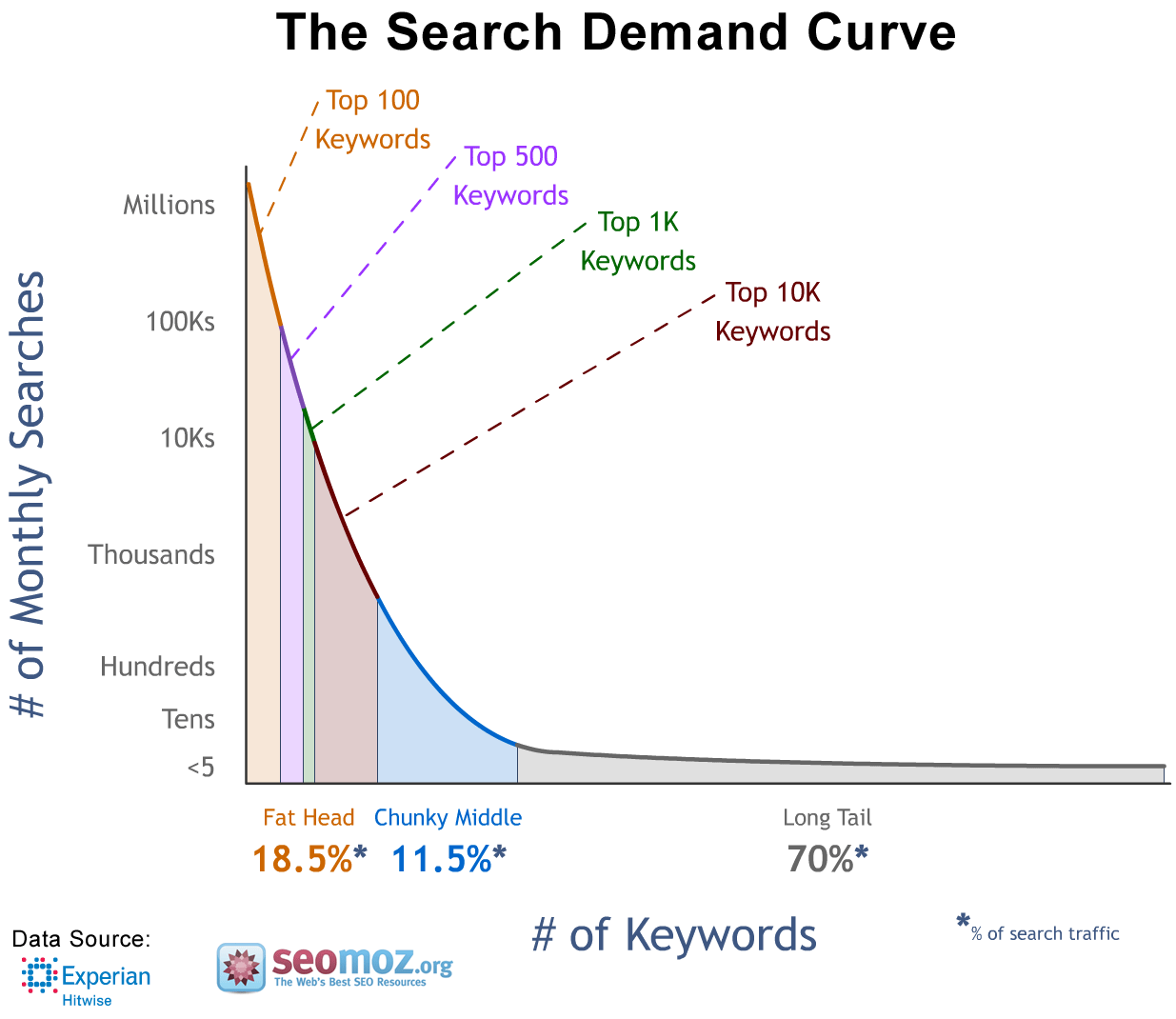 However, beyond this statistic, why do long-tail keywords hold such vital importance?
However, beyond this statistic, why do long-tail keywords hold such vital importance?
Long-tail keywords serve as the linchpin for generating organic search traffic to websites. They play a pivotal role in SEO, helping to drive specific, interested users to your site.
The significance of long-tail keywords extends beyond mere numbers. They allow for niche targeting, enabling a focus on specific audiences or markets that are more likely to convert.
Moreover, these keywords face less competition than broader terms, providing a better chance to rank higher in search engine results. Visitors coming through long-tail searches often exhibit higher conversion rates than generic searches.
By aligning content with user intent, these keywords ensure relevance, engaging users and addressing their specific needs. Additionally, they accommodate the rising trend of voice search by mirroring natural language queries.
Creating content around long-tail keywords establishes authority within specific subject areas, building trust among your audience. Furthermore, these keywords often inspire unique content ideas that cater directly to user queries and interests.
In essence, understanding and leveraging long-tail keywords go beyond their frequency in searches. They represent a powerful tool for attracting targeted traffic, enhancing user experience, and establishing a robust online presence for any brand.






























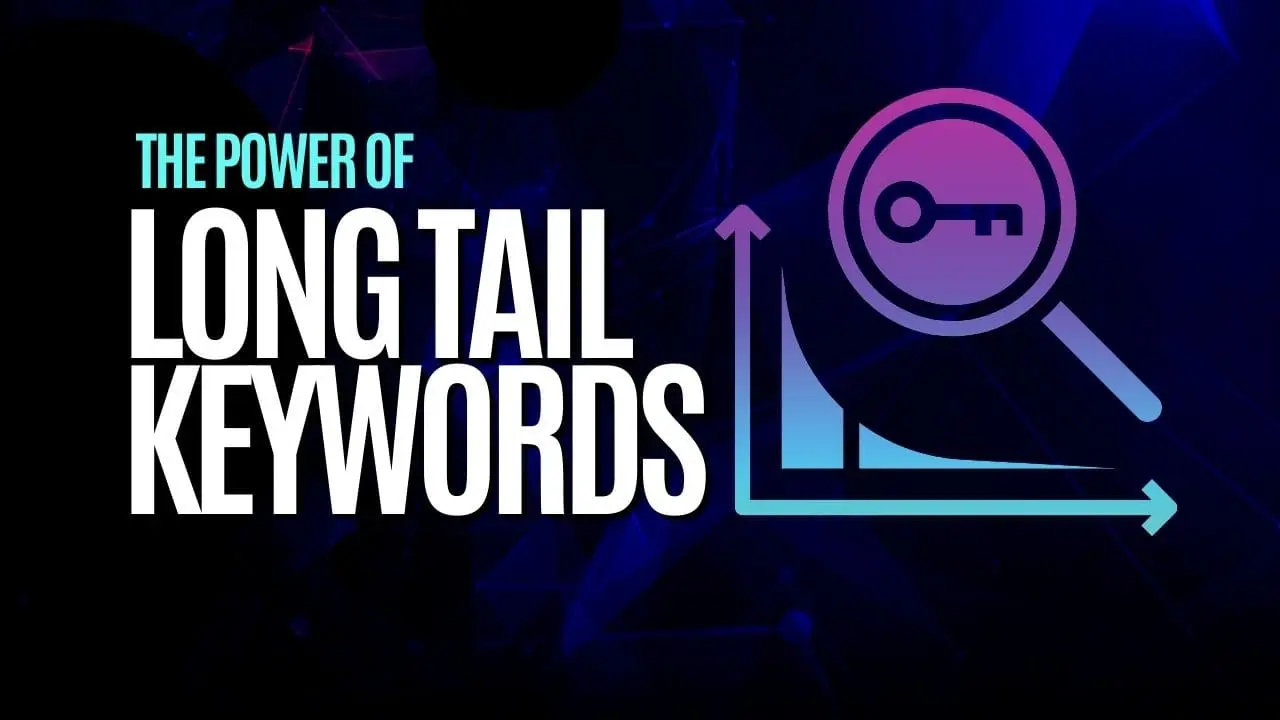








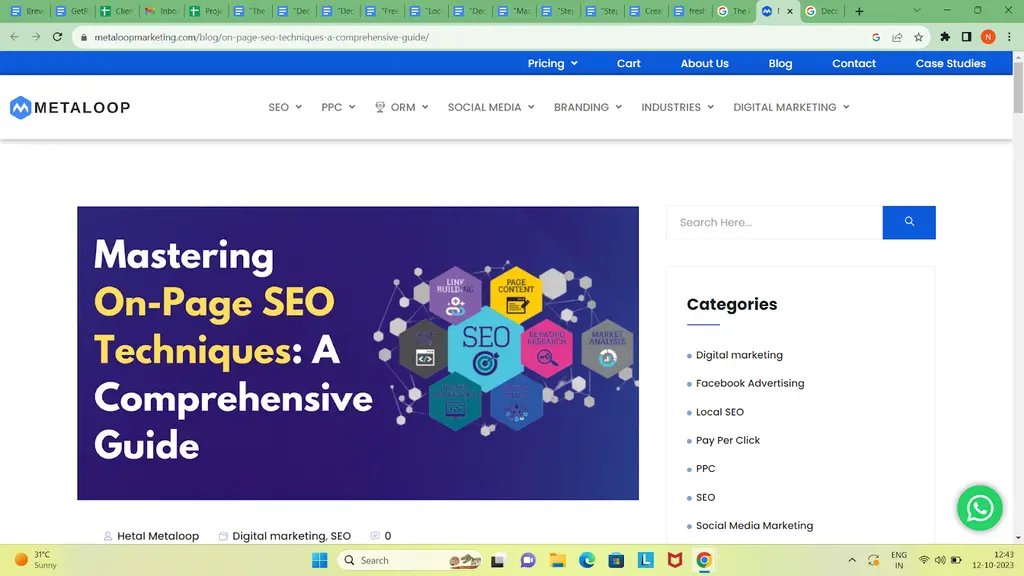



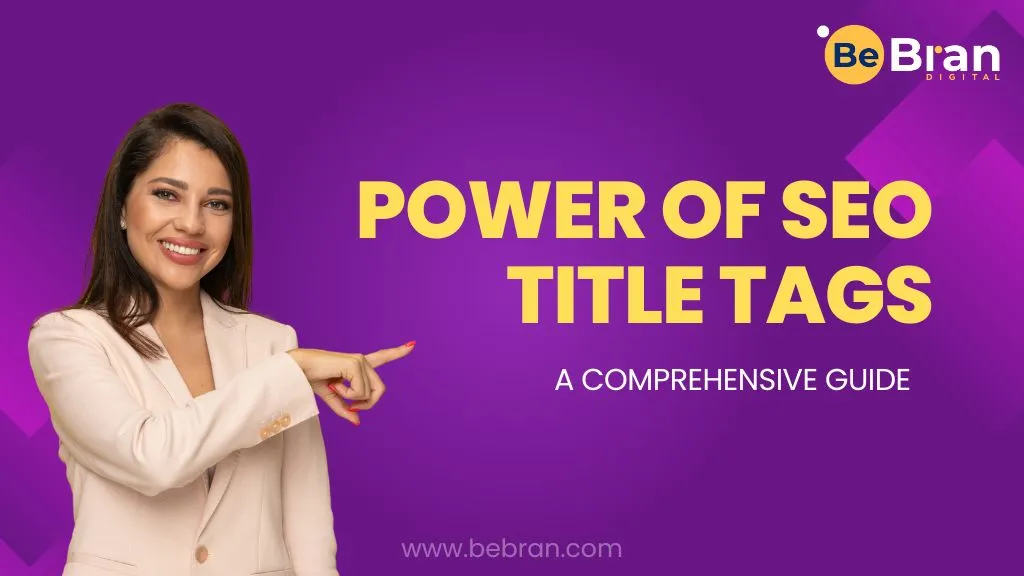








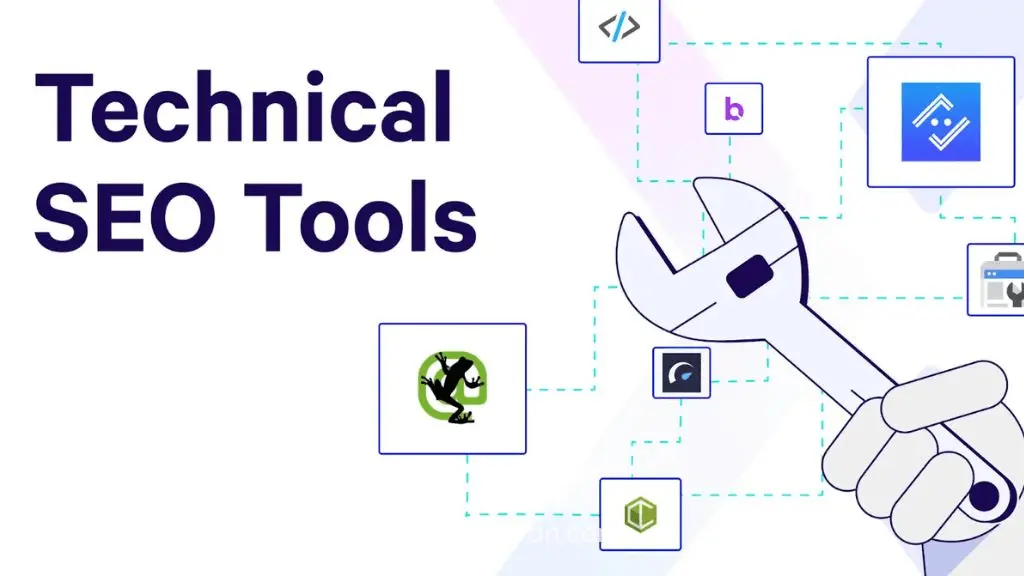
















![1707475220 Bebran[1]](https://bebran.com/public/uploads/1709129094_1707475220_bebran[1].webp)

![1707475220 Bebran[1]](https://bebran.com/public/uploads/1709132759_1707475220_bebran[1].webp)

![1707475220 Bebran[1]](https://bebran.com/public/uploads/1709133996_1707475220_bebran[1].webp)

![1707475220 Bebran[1]](https://bebran.com/public/uploads/1709135250_1707475220_bebran[1].webp)

![1707475220 Bebran[1]](https://bebran.com/public/uploads/1709135874_1707475220_bebran[1].webp)

![1707475220 Bebran[1]](https://bebran.com/public/uploads/1709136770_1707475220_bebran[1].webp)







![1707475220 Bebran[1]](https://bebran.com/public/uploads/1709188948_1707475220_bebran[1].webp)

![1707475220 Bebran[1]](https://bebran.com/public/uploads/1709190426_1707475220_bebran[1].webp)

























































































